My intention is to utilize an electric arc to produce the UV light instead of a bactericidal lamp. This has three possible advantages:
1) Lower cost
2) Longer lifetime (Except in the case of an LED, but those are expensive)
3) An electric arc produces OZONE. This should aid in the disinfection of the water. Also, ozonated water can be used to clean surfaces! In other words, this project could have two applications! Could it be used to clean food? Perhaps!: http://www.ozonesolutions.com/info/ozone-use-for-surface-sanitation
4) Pulsed corona discharge is an option (something to look into) : researchtrend.net/bf12/266%20MOHAMMAD%20KEBRIAEI.pdf
The system will be powered by supercapacitors (easy to charge, very robust, high current capability). The supercapacitors will be charged by solar panels or a crank generator.
My plan so far is to build the system from 4 inch PVC. PVC is readily available, and strong.
Main Objectives:
1) Total cost < $40 (assuming you don't already have some of the parts)
2) Can provide enough water to sustain at least 20 people.
3) Easy to construct; anyone with clear instructions can build it with few tools.
4) Very robust
 NathanStrachen
NathanStrachen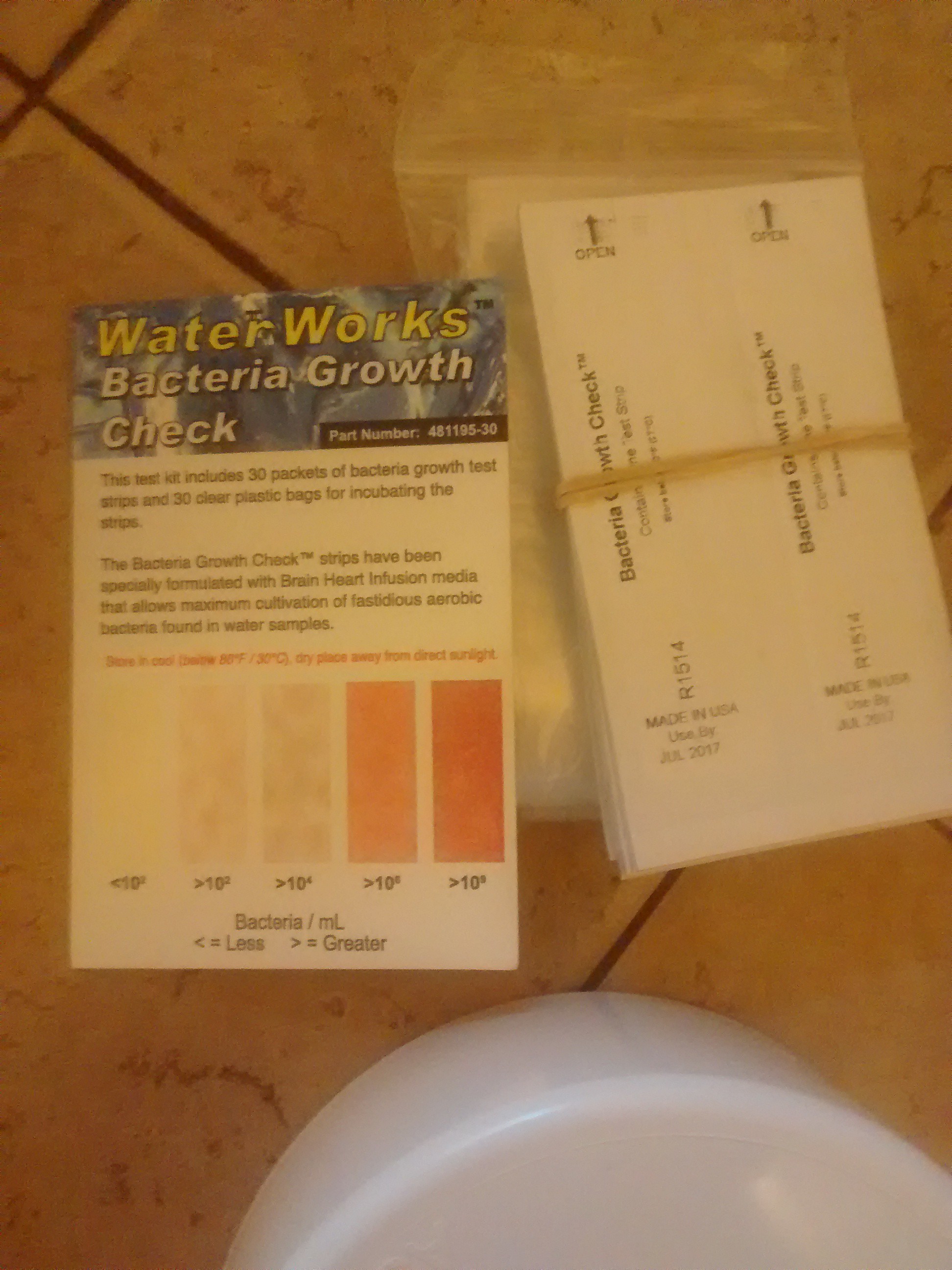
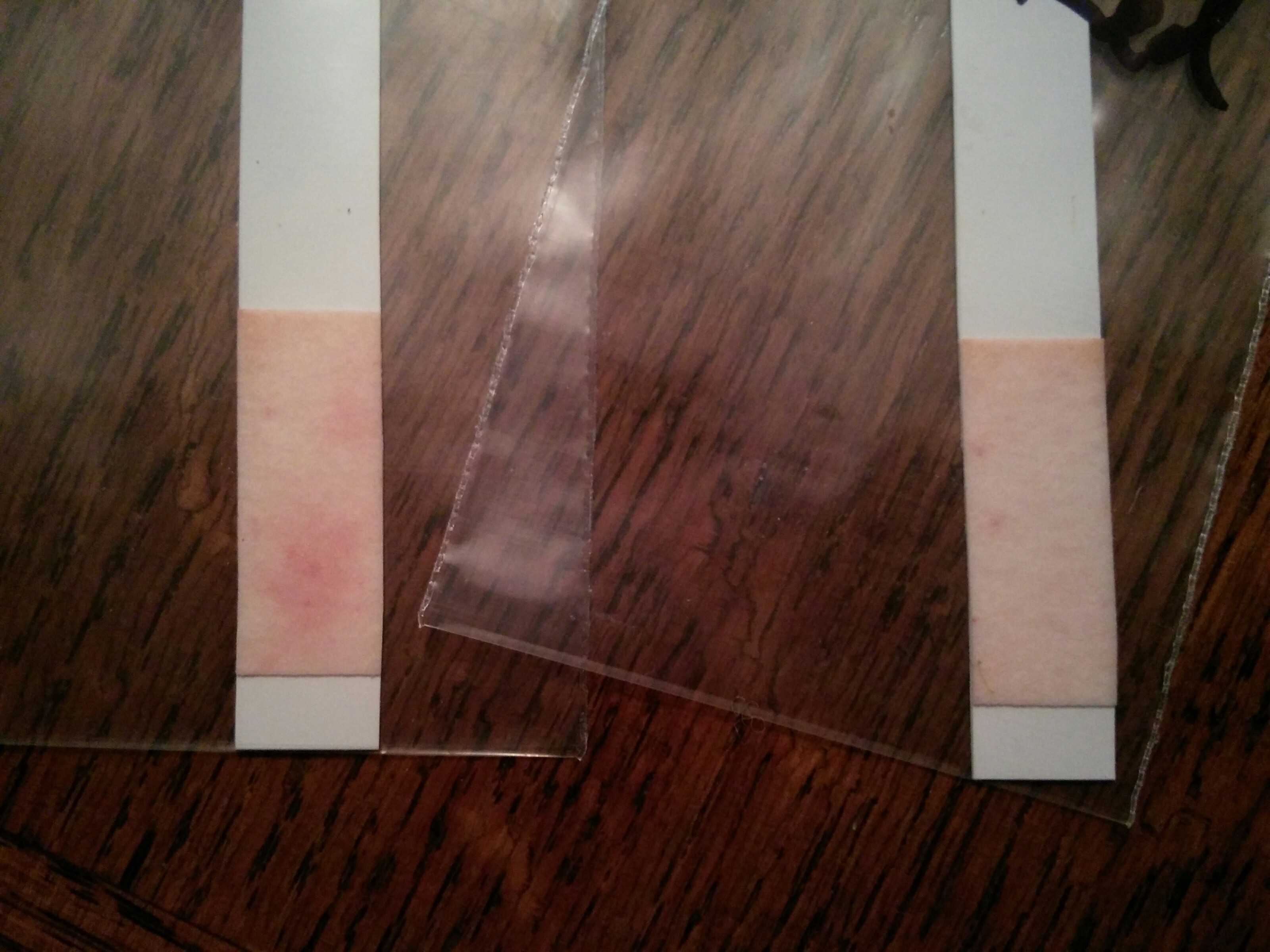
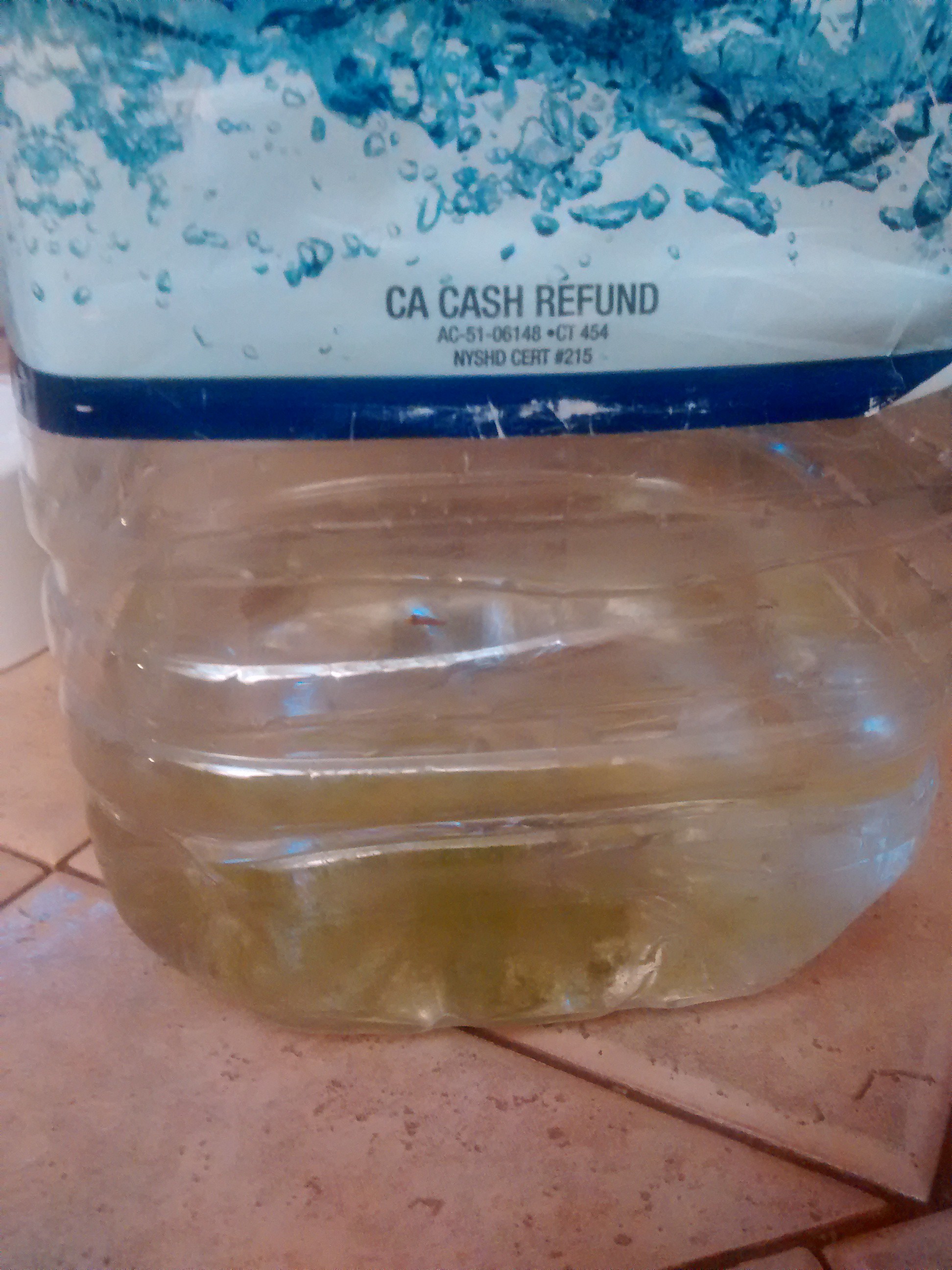
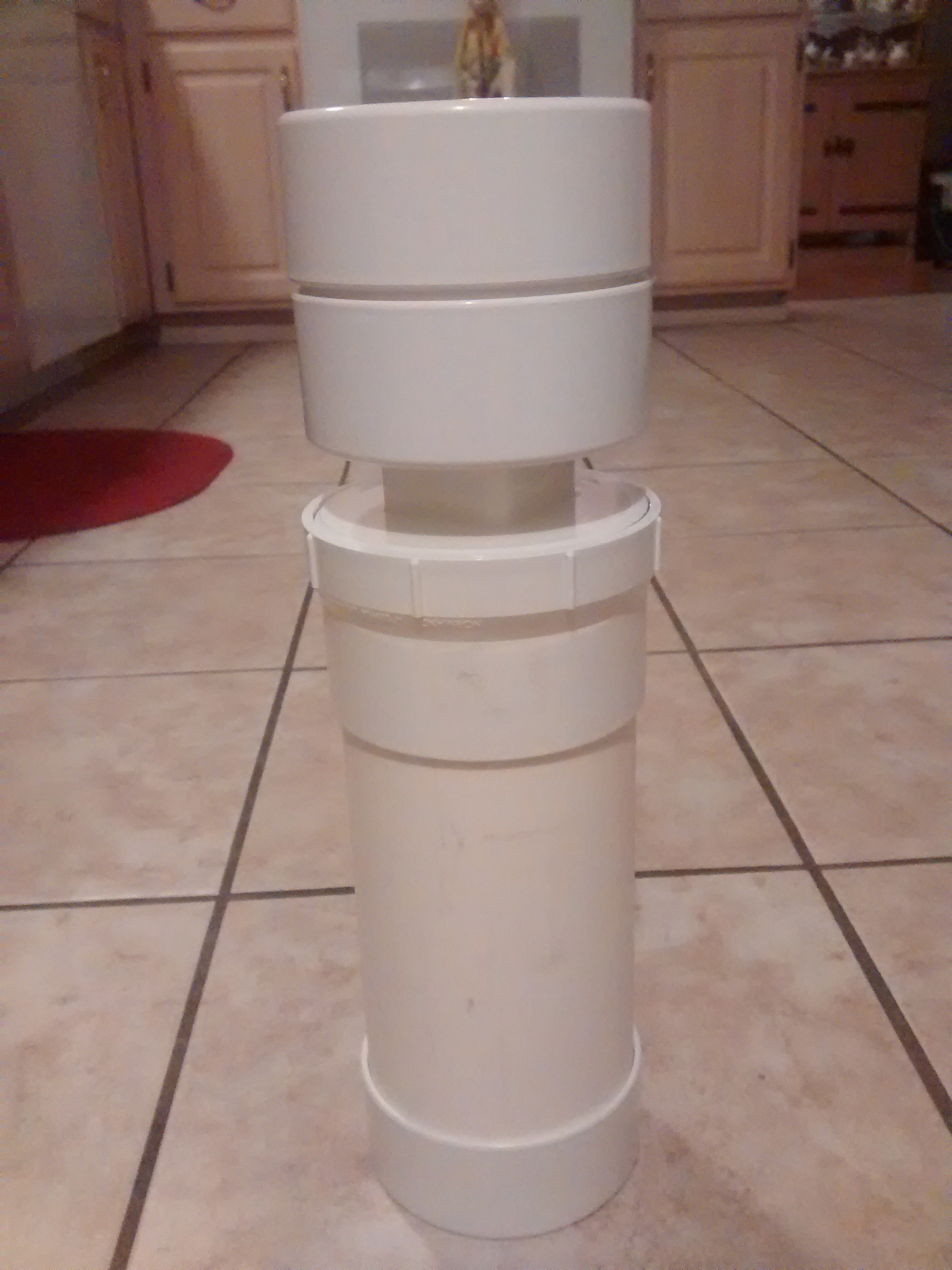
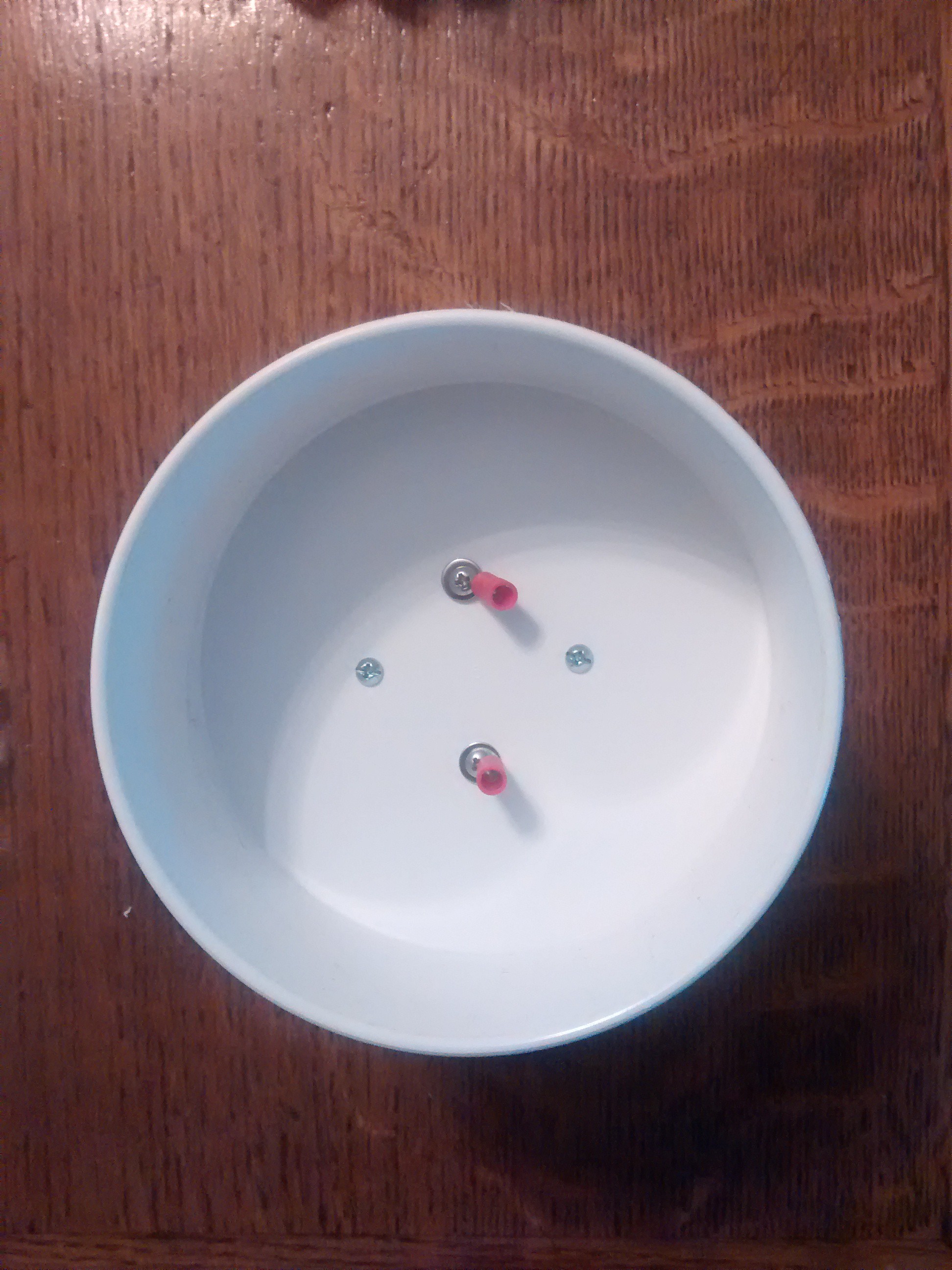
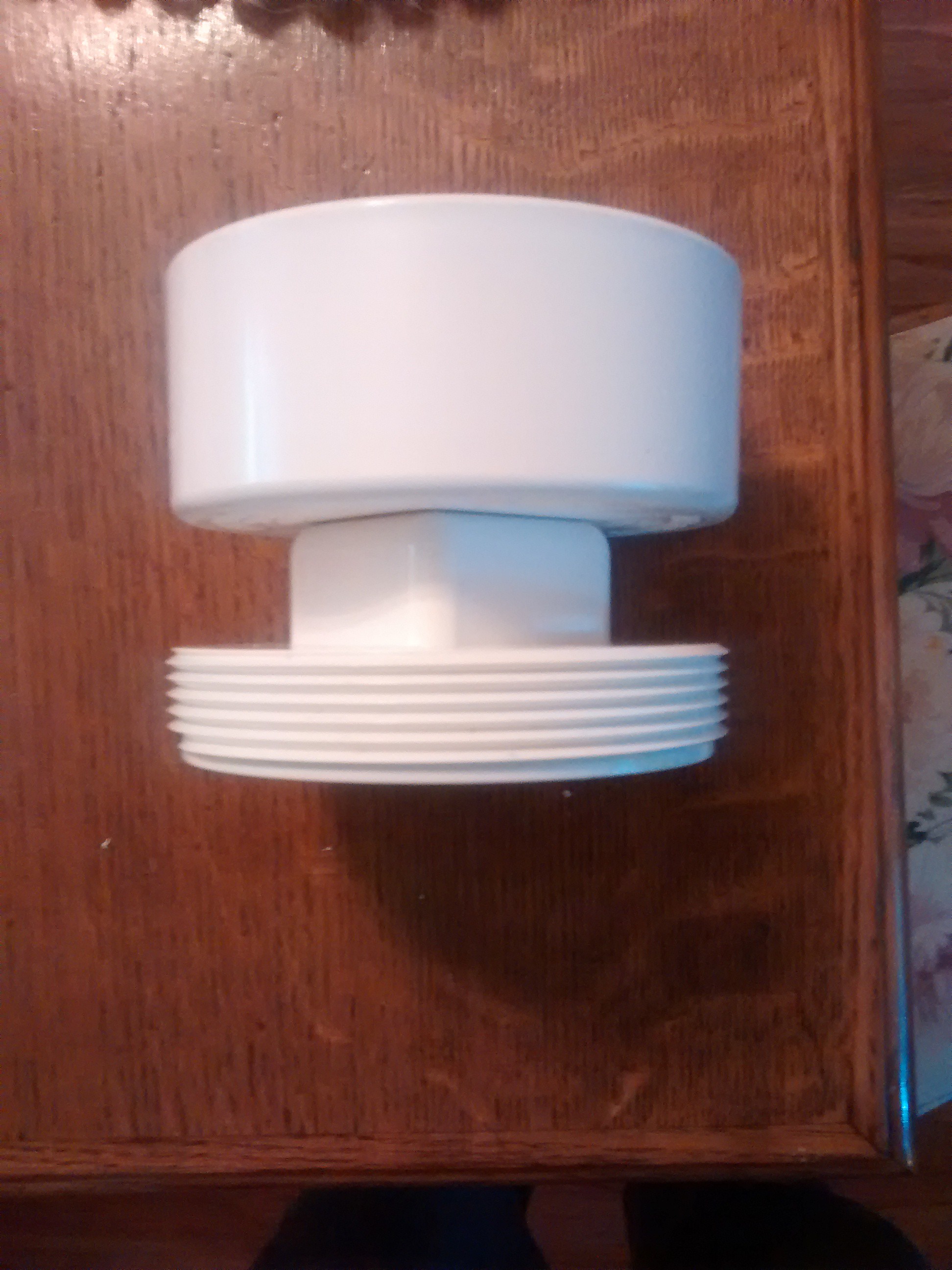
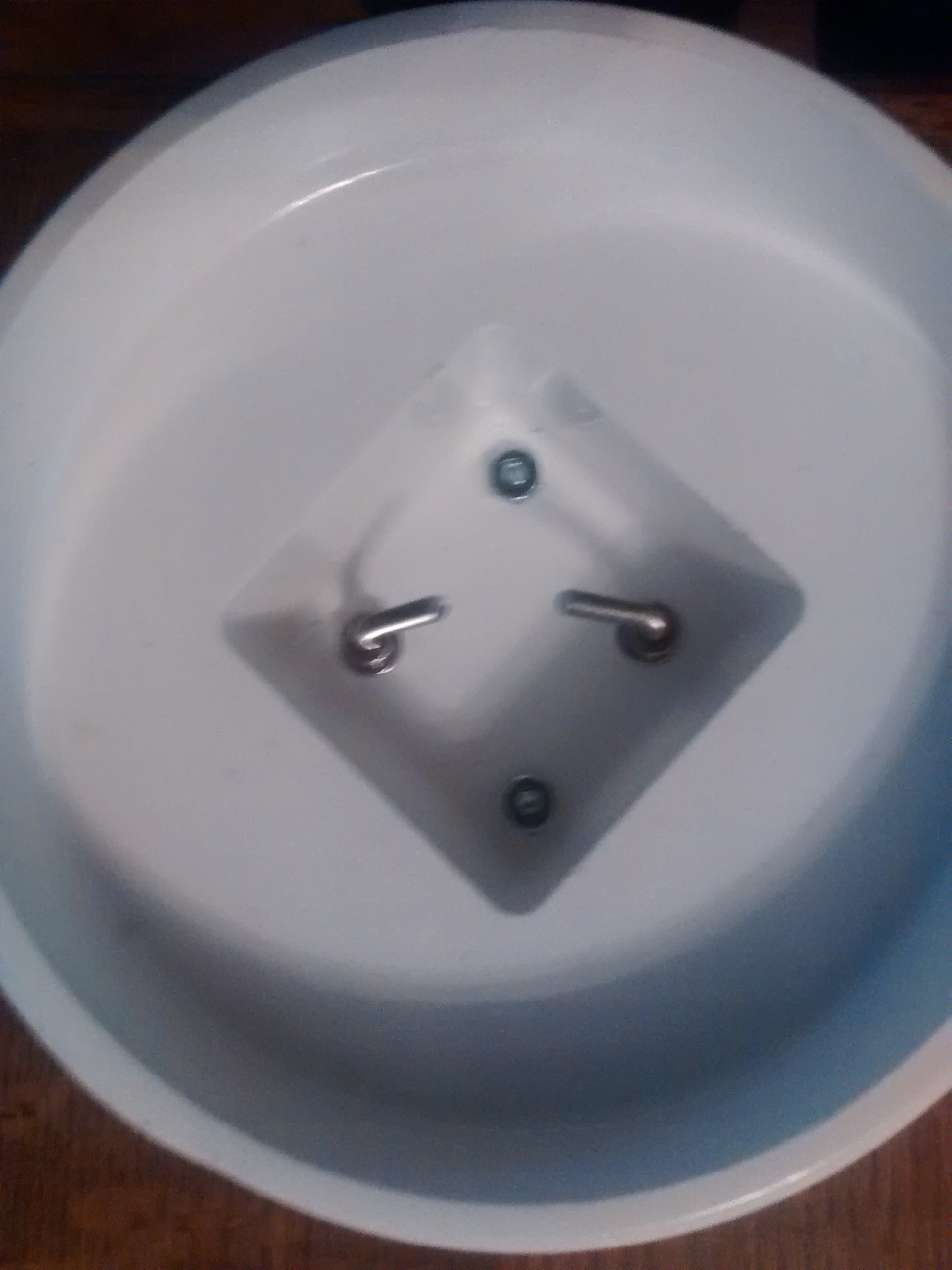
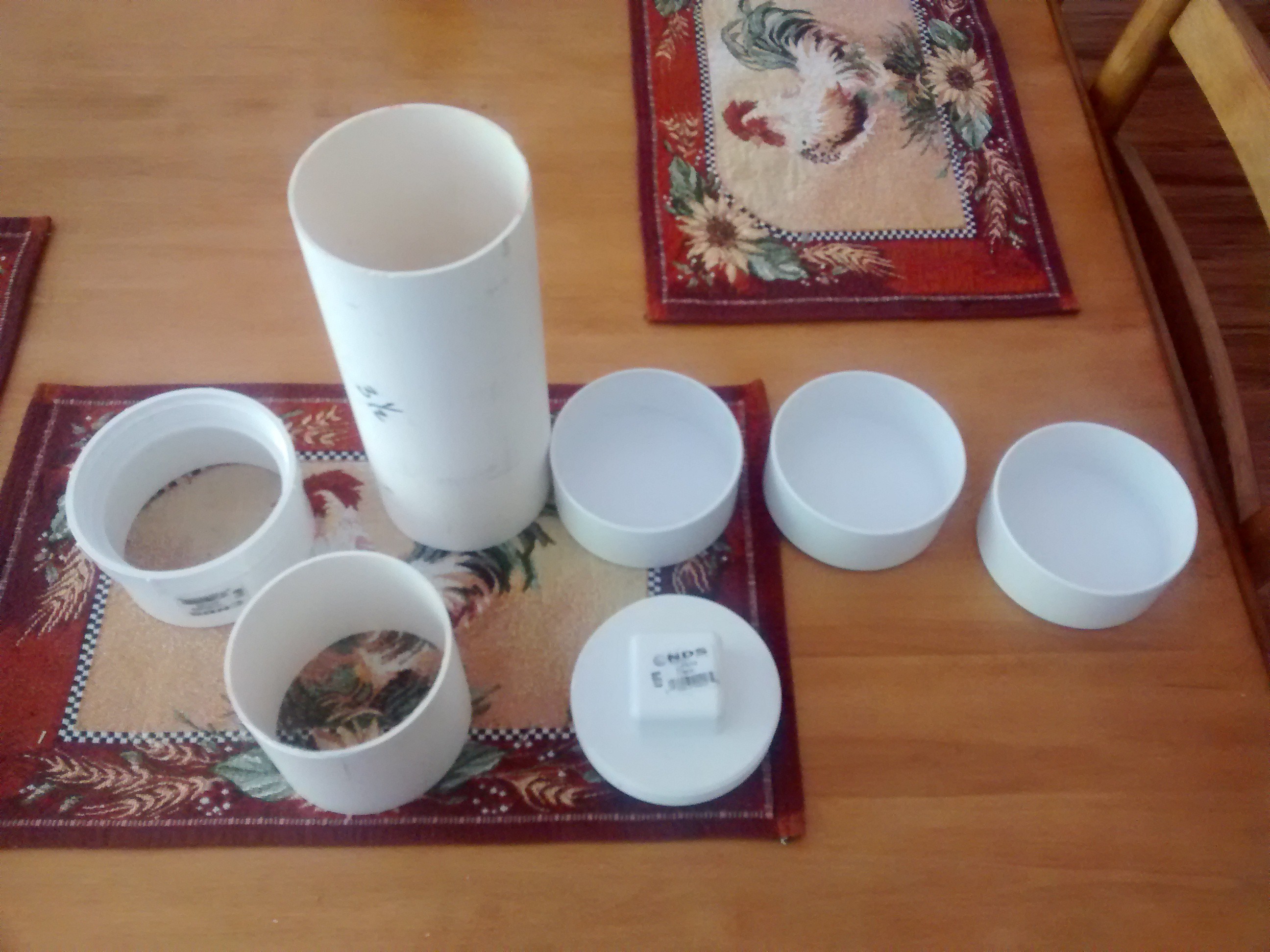

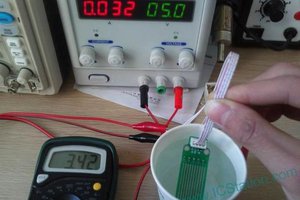
 icstation
icstation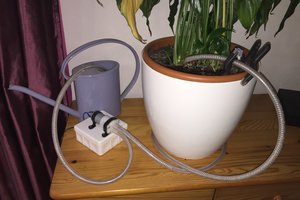
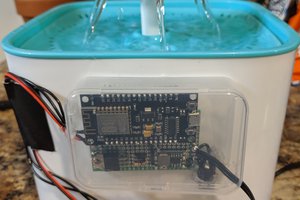

 yan
yan
Is it more efficient to proceed as you suggested with a hand crank generator, charge electronics into supercaps, then HV generator circuitry to the arc or would it be better to hand crank a static generator directly to HV? Van de Graff requires only mechanical parts, easier to come by in third world locales.